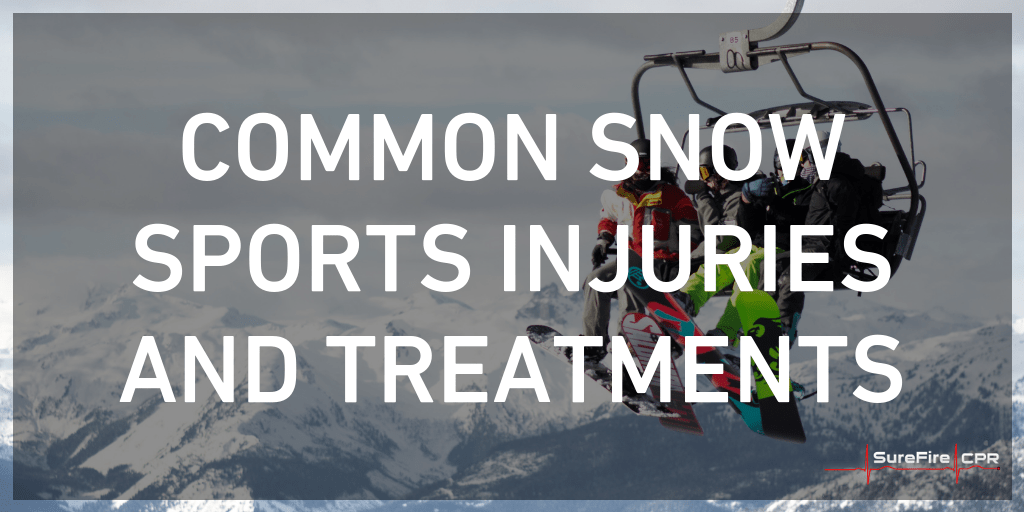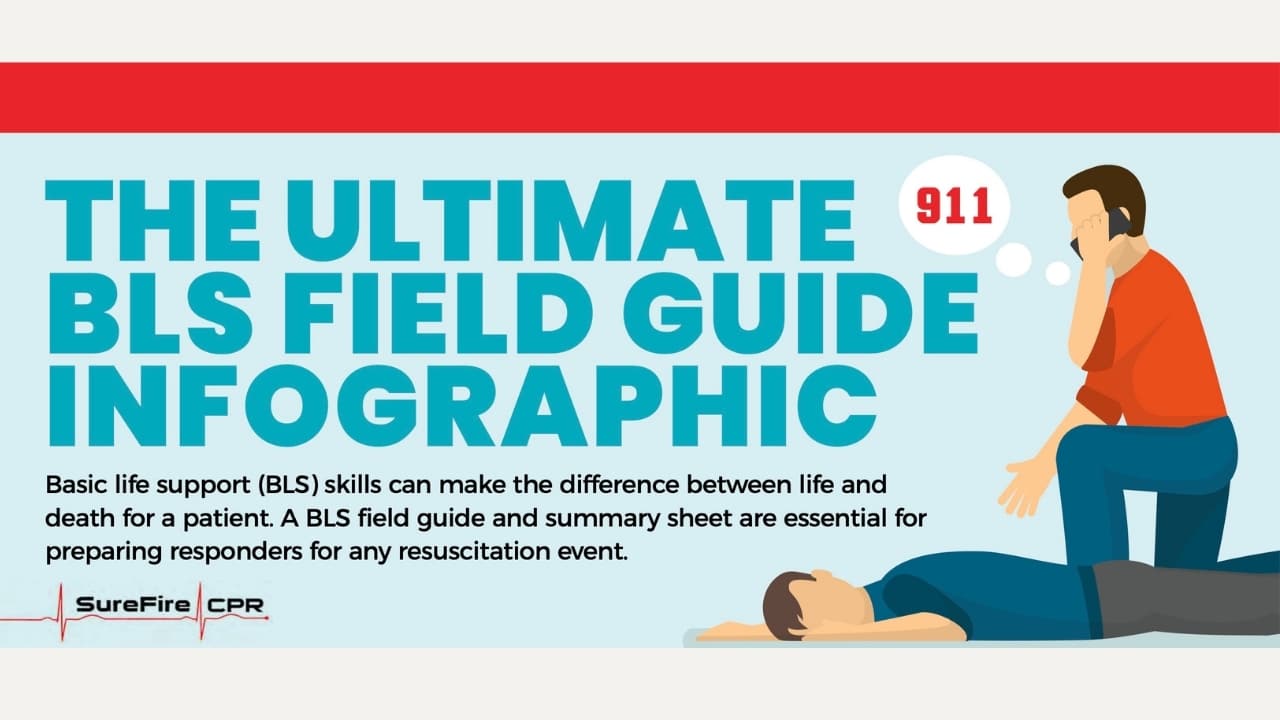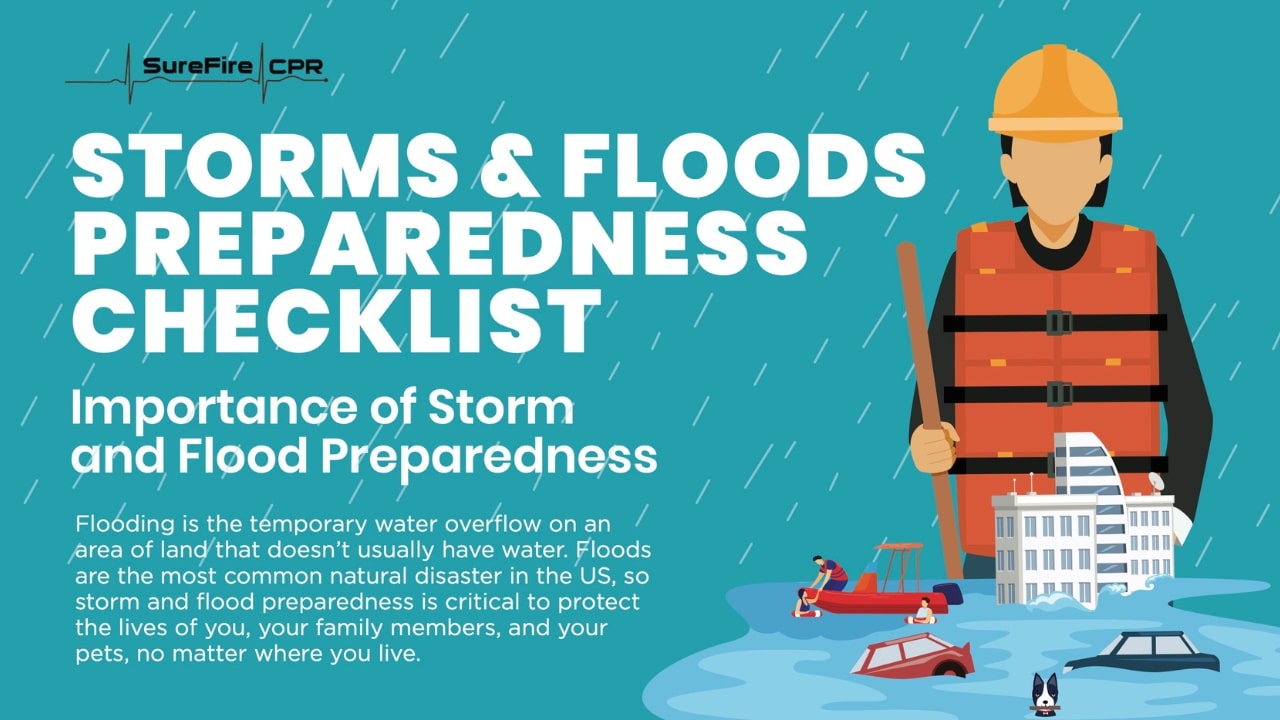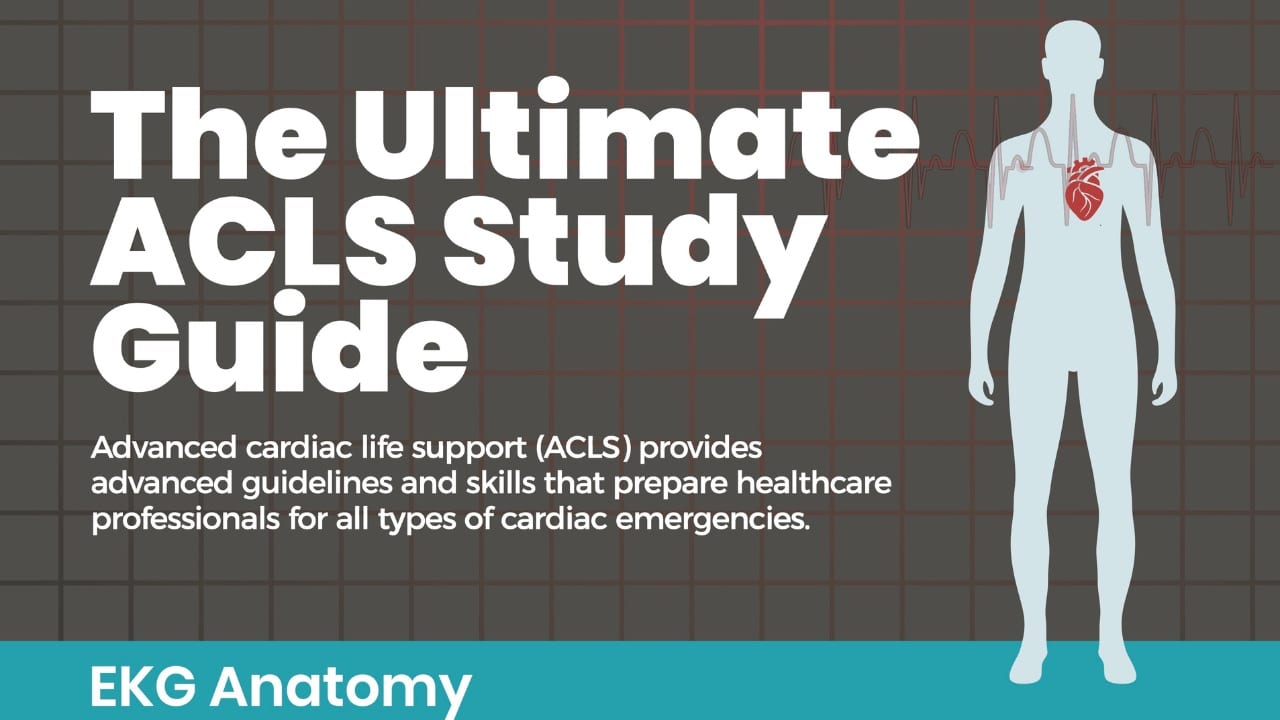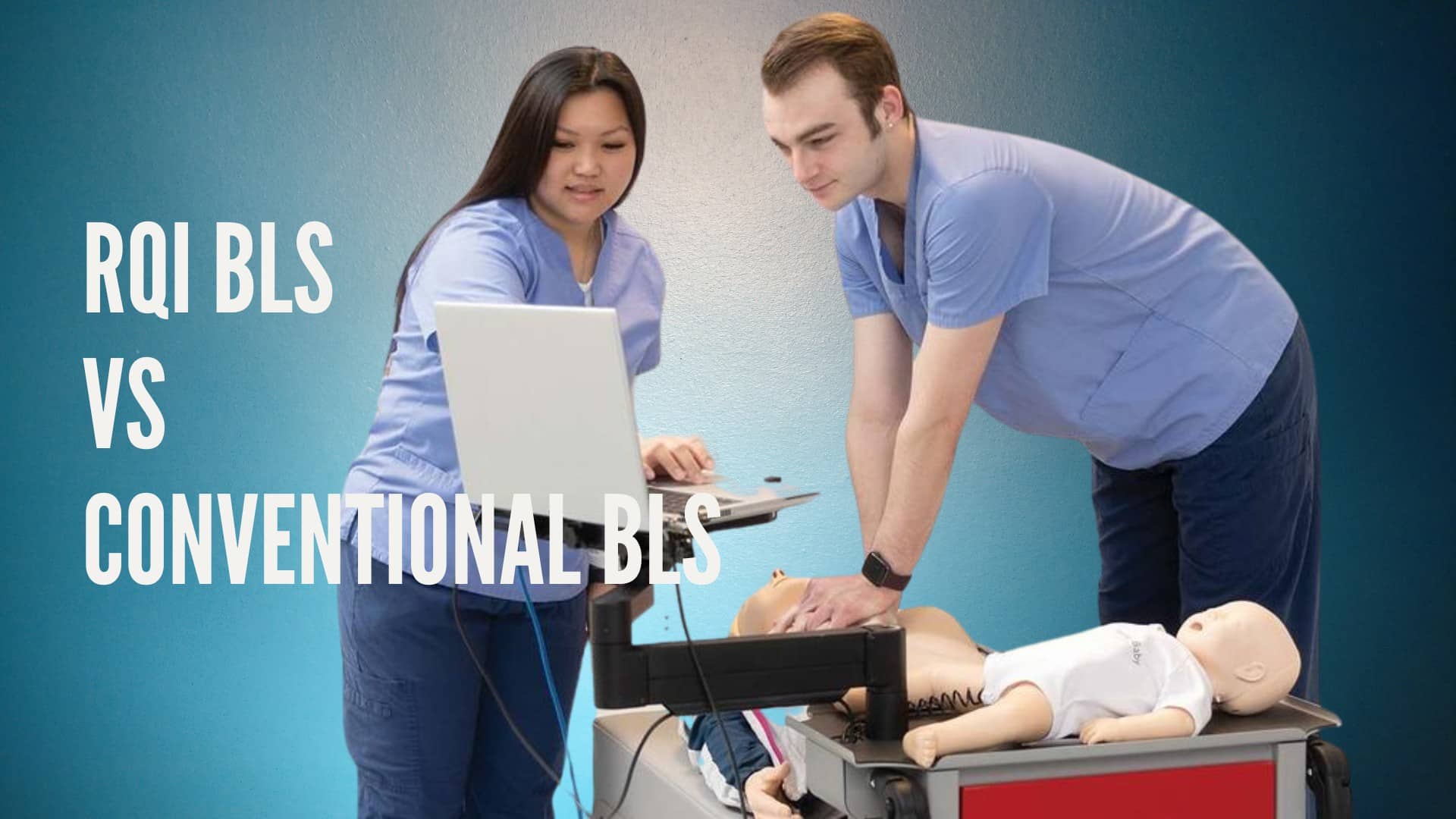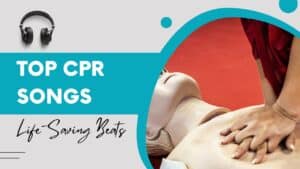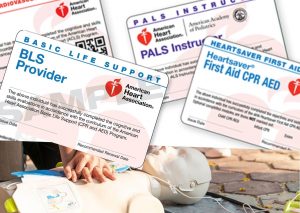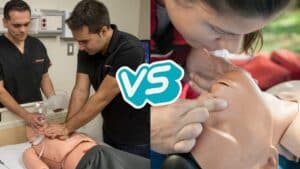Each year, approximately 150,000 people seek medical treatment following a skiing or snowboarding accident, the U.S. Consumer Product Safety Commission (CPSC) reports. CPSC also notes skiers most commonly experience knee injuries, while snowboarders most commonly suffer wrist injuries. Additionally, CPSC points out more people ski than snowboard, yet snowboarders are three times more likely than skiers to get hurt.
Even a minor snow sports injury can become a long-term problem for a skier or snowboarder. Fortunately, those who learn about common snow sports injuries can treat these issues properly. They may be able to prevent such injuries from occurring, too.
Now, let’s take a look at six common snow sports injuries, as well as ways to treat these issues.
- Ankle Sprain
Ankle sprains happen for a number of reasons. In some instances, choosing the incorrect ski or snowboard boots or bindings may cause an individual to overuse his or her ankle, fall and suffer an ankle sprain. Or, in other cases, a bad landing after a jump puts extreme pressure on the ankle joint and foot bones, leading to an ankle sprain. To treat an ankle sprain, it is important to compress the injury to reduce swelling. Then, an individual can perform ankle exercises and use an ankle support until he or she is fully recovered.
- Dislocated Shoulder
A dislocated shoulder occurs when the bone in the upper arm moves out of the socket linked to the shoulder blade. Meanwhile, for skiers and snowboarders, a bad landing off a jump may result in a dislocated shoulder. Common dislocated shoulder symptoms include intense pain, swelling and bruising on or around the shoulder. If an individual suffers a dislocated shoulder, he or she should try to avoid moving the shoulder joint and ice the injured joint. This individual should also seek out a doctor who can provide additional medical aid.
- Anterior Cruciate Ligament (ACL) Injury
An ACL injury sometimes occurs due to a rapid change of direction or stopping suddenly. As such, people who ski, snowboard or engage in other high-intensity activities are more susceptible than others to ACL injuries. Individuals who experience ACL injuries often report hearing a “popping” sound, as well as pain and swelling in the knee. If a person suffers an ACL injury, he or she should try to avoid placing weight on the knee. This individual should also ice the knee, place an elastic bandage or compression wrap around it and lie down while keeping the knee elevated.
- Spinal Injury
A spinal injury refers to damage to any portion of the vertebrae, and it may lead to changes in strength and sensation in body areas below the injury site. Jumping is one of the top reasons why skiers and snowboarders suffer spinal injuries, followed by falls and overuse. An individual who experiences extreme back pain, body paralysis or weakness or numbness in the hands, feet or toes may be dealing with a spinal injury. In the event of a spinal injury, it is vital to stay still and obtain immediate medical support. And remember, the time between a spinal injury and treatment can play a key role in determining the injury’s extent and recovery time.
- Hand or Wrist Injury
Even a minor slip may lead a skier or snowboarder to extend his or her hands in the hopes of preventing a severe fall. Yet in this instance, a skier or snowboarder may fall directly onto his or her hand or wrist, resulting in a sprain or break. A hand or wrist injury may cause pain, swelling, tenderness and bruising, among other symptoms. To address this injury, an individual should try to rest the hand or wrist for at least a few days and ice the injury. In certain cases, anti-inflammatory painkillers such as Advil and Aleve may help an individual alleviate pain and swelling associated with a hand or wrist injury.
- Head Injury
Soaring down the slopes on skis or a snowboard provides an unbelievable thrill. But maintaining the ideal combination of speed and balance is rarely simple, especially for skiers and snowboarders. If a skier or snowboarder cannot maintain this combination, he or she may be susceptible to a fall or collision that results in a head injury. All head injuries require immediate medical attention. For minor head injuries that cause bleeding, for example, stitches may be required. On the other hand, head injuries that cause a lack of coordination or light-headedness may require physical and occupational therapy and other treatments.
Snow Sports Injury Prevention Tips
Some of the best ways to reduce the risk of snow sports injuries include:
- Ensure ski or snowboard bindings are not too loose or too tight.
- Ski or snowboard on trails that fall in line with your skill level.
- Stay on-trail – without exception.
- Remain hydrated throughout the day.
- Stop skiing or snowboarding as soon as you feel tired.
Lastly, enrolling in a basic first aid training course may be beneficial for skiers and snowboarders of all ages and skill levels. A basic first aid course empowers individuals with life-saving skills that can be used to help treat snow sports injuries. Therefore, after an individual completes basic first aid training, he or she could become a life-saver in a snow sports emergency.

